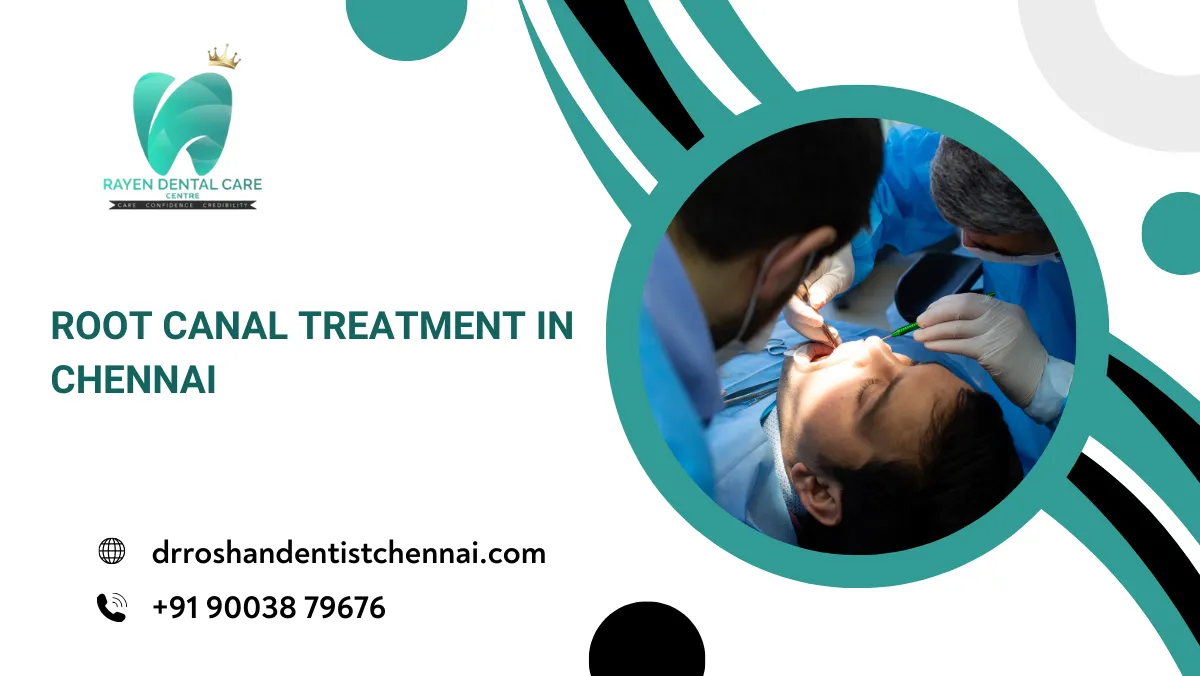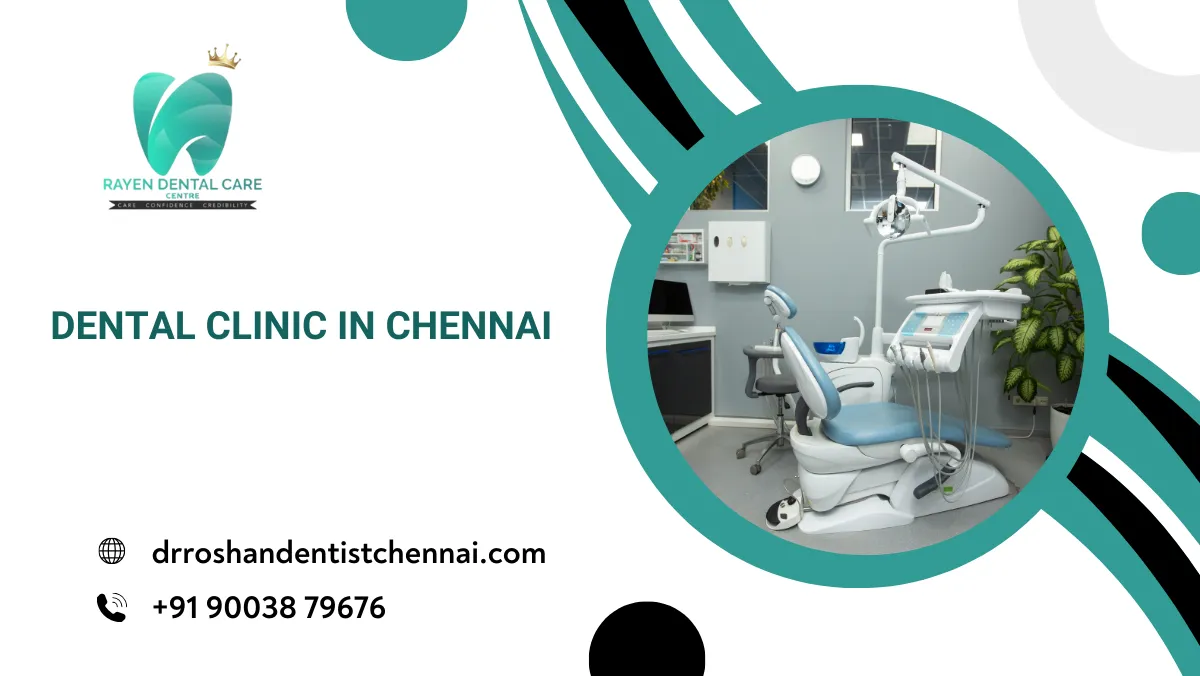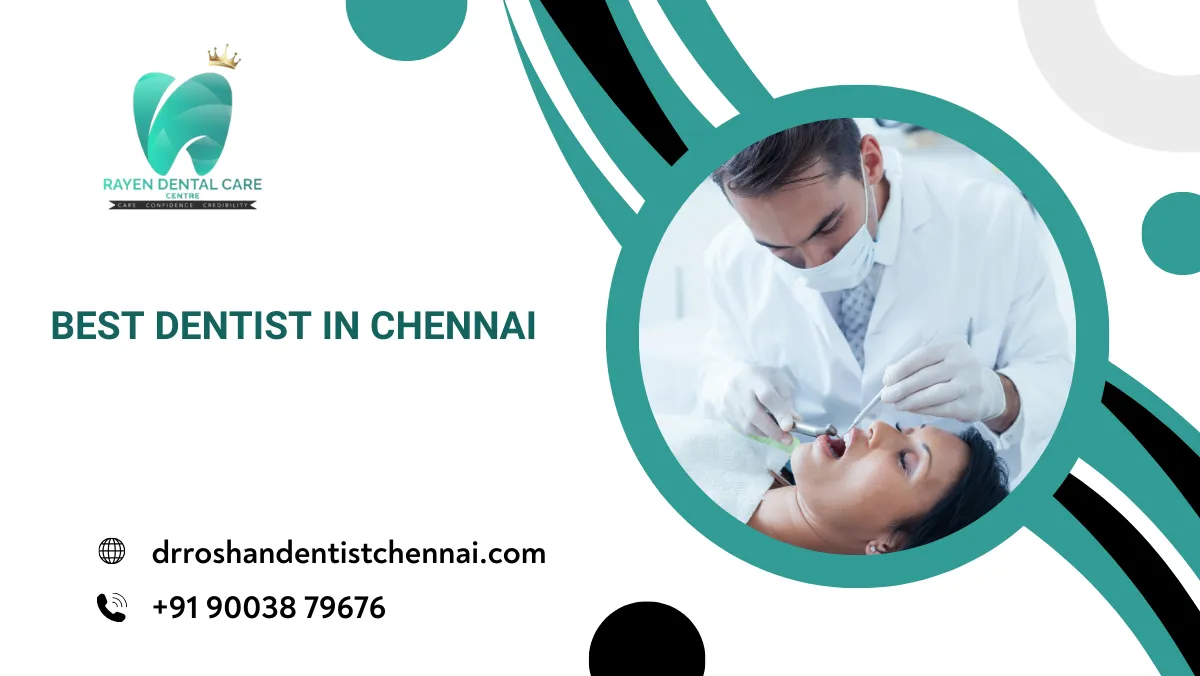Maxillofacial surgery is a specialized field of medicine that addresses complex conditions affecting the face, jaw, and oral structures. It is essential for both functional and aesthetic improvements, helping children and adults with congenital deformities, trauma, and oral diseases. Whether correcting misaligned jaws, repairing facial injuries, or treating severe dental infections, this surgery significantly enhances quality of life. Experts in this field use advanced technology and precision techniques to restore appearance and function. Patients requiring maxillofacial surgery often face difficulties in speaking, chewing, or breathing, making timely intervention crucial. With skilled surgeons and modern treatment approaches, individuals regain confidence, comfort, and normal function.
Maxillofacial Surgery Services
Maxillofacial surgery covers a wide range of treatments designed to correct congenital issues, injuries, and functional impairments. It includes procedures such as cleft lip and palate repair, jaw alignment surgery, and the removal of impacted teeth. Children often require these procedures for developmental corrections, while adults may need them due to trauma or medical conditions.
- Cleft Lip and Palate Repair: These birth defects can interfere with a child’s ability to eat, drink, and speak properly. Surgical intervention reconstructs the affected area by closing the gap in the lip or palate, significantly improving both function and facial aesthetics while enabling normal growth and speech development.
- Jaw Alignment Surgery: Misaligned jaws can cause chronic pain, difficulty chewing, and even breathing problems. Corrective procedures reposition the jawbones into proper alignment, helping to improve bite function, relieve discomfort, and enhance overall facial symmetry and proportion.
- Impacted Wisdom Tooth Removal: When wisdom teeth fail to erupt properly, they can cause significant pain, swelling, and infection. Surgical removal is necessary to prevent complications such as cyst formation, gum disease, and misalignment of surrounding teeth, ensuring long-term oral health.
Facial Reconstruction Surgery
Facial reconstruction surgery is critical for patients who have suffered severe trauma, congenital abnormalities, or undergone cancer-related procedures. Advanced techniques allow for precise restoration of facial symmetry and functionality. This surgery not only improves appearance but also helps patients regain essential facial functions such as chewing and speaking.
- Trauma Repair: Severe accidents, such as falls or motor vehicle collisions, can lead to fractured facial bones and damaged soft tissues. Reconstruction techniques, including bone grafting and tissue regeneration, help rebuild damaged areas while ensuring proper healing, stability, and long-term functionality.
- Post-Cancer Reconstruction: Patients who have undergone surgical removal of facial tumors may experience severe tissue loss. Reconstructive procedures use skin grafts, bone transplants, and prosthetics to restore the missing structures, improving both appearance and essential facial functions such as eating and breathing.
- Scar Revision and Soft Tissue Repair: Scars from injuries, burns, or previous surgeries can limit facial movement and affect self-confidence. Specialized surgical techniques, including laser therapy and tissue rearrangement, help smooth out scars, enhance skin texture, and restore normal facial expressions.
Jaw Correction Surgery
Jaw correction surgery, also known as orthognathic surgery, is used to fix misaligned jaws that impact breathing, speech, and chewing. This procedure is beneficial for children with developmental jaw issues and adults with severe malocclusion or facial asymmetry. The surgery enhances facial balance, improves function, and alleviates discomfort caused by jaw misalignment.
- Underbite and Overbite Correction: Structural imbalances between the upper and lower jaws can lead to speech difficulties, jaw pain, and difficulty chewing. Surgical adjustments reposition the jaws into proper alignment, ensuring better function, improved oral health, and a more aesthetically pleasing facial profile.
- Obstructive Sleep Apnea Treatment: Jaw misalignment can cause airway obstruction during sleep, leading to chronic snoring and disrupted breathing patterns. Corrective surgery repositions the jaw to widen the airway, improving airflow, reducing apnea symptoms, and significantly enhancing sleep quality.
- TMJ Disorder Treatment: Severe temporomandibular joint (TMJ) dysfunction can cause chronic jaw pain, headaches, and restricted movement. Surgical interventions, including joint realignment or disc repositioning, provide long-term relief from pain, improve jaw mobility, and restore normal chewing and speaking functions.
Oral and Maxillofacial Surgery
Oral and maxillofacial surgery combines dental expertise with facial surgical techniques to address both common and complex conditions. This field covers everything from wisdom tooth extractions to complex reconstructive procedures, ensuring both aesthetics and functionality.
- Dental Implant Surgery: Missing teeth can lead to bone loss, difficulty eating, and changes in facial structure. Dental implants provide a permanent solution by replacing lost teeth with artificial roots and crowns that mimic natural teeth, restoring both function and appearance while preserving jawbone integrity.
- Jaw Tumor and Cyst Removal: Abnormal growths in the jawbone or soft tissues can be painful and potentially harmful if left untreated. Surgical removal of tumors and cysts prevents further complications, preserves surrounding bone structure, and ensures long-term oral health.
- Facial Aesthetic Surgery: Facial proportions and symmetry play a crucial role in overall appearance. Procedures such as chin augmentation, cheekbone contouring, and lip enhancement help refine facial features, creating a balanced and harmonious look while maintaining natural expressions.
Facial Trauma Treatment
Facial trauma treatment focuses on repairing injuries resulting from accidents, sports-related impacts, or falls. These procedures restore the function and appearance of the affected areas while ensuring proper healing.
- Fractured Jaw Repair: Severe jaw fractures can lead to misalignment, chronic pain, and difficulty eating or speaking. Surgical realignment using plates, screws, or bone grafts restores jaw stability, ensuring proper healing and long-term function while preventing complications like joint disorders.
- Orbital Fracture Treatment: Injuries around the eye socket can cause vision problems, double vision, and facial deformities. Specialized surgical techniques help reconstruct the fractured orbital bones, reposition displaced structures, and restore normal eye function and facial symmetry.
- Soft Tissue Reconstruction: Severe lacerations, burns, or tissue loss can impact both aesthetics and function. Advanced surgical methods, including skin grafts and microvascular repair, help reconstruct damaged areas, minimize scarring, and restore natural facial movement and expression.
Conclusion
Maxillofacial surgery plays a vital role in restoring facial structure and function for both children and adults. Whether correcting congenital deformities, repairing trauma, or treating jaw disorders, these procedures significantly enhance quality of life. With advanced techniques and skilled professionals, patients can regain confidence and improved functionality. Rayen’s Dental Clinic specializes in maxillofacial surgery, offering expert care for those in need of complex facial and jaw treatments.
Read also: Jaw Surgery









